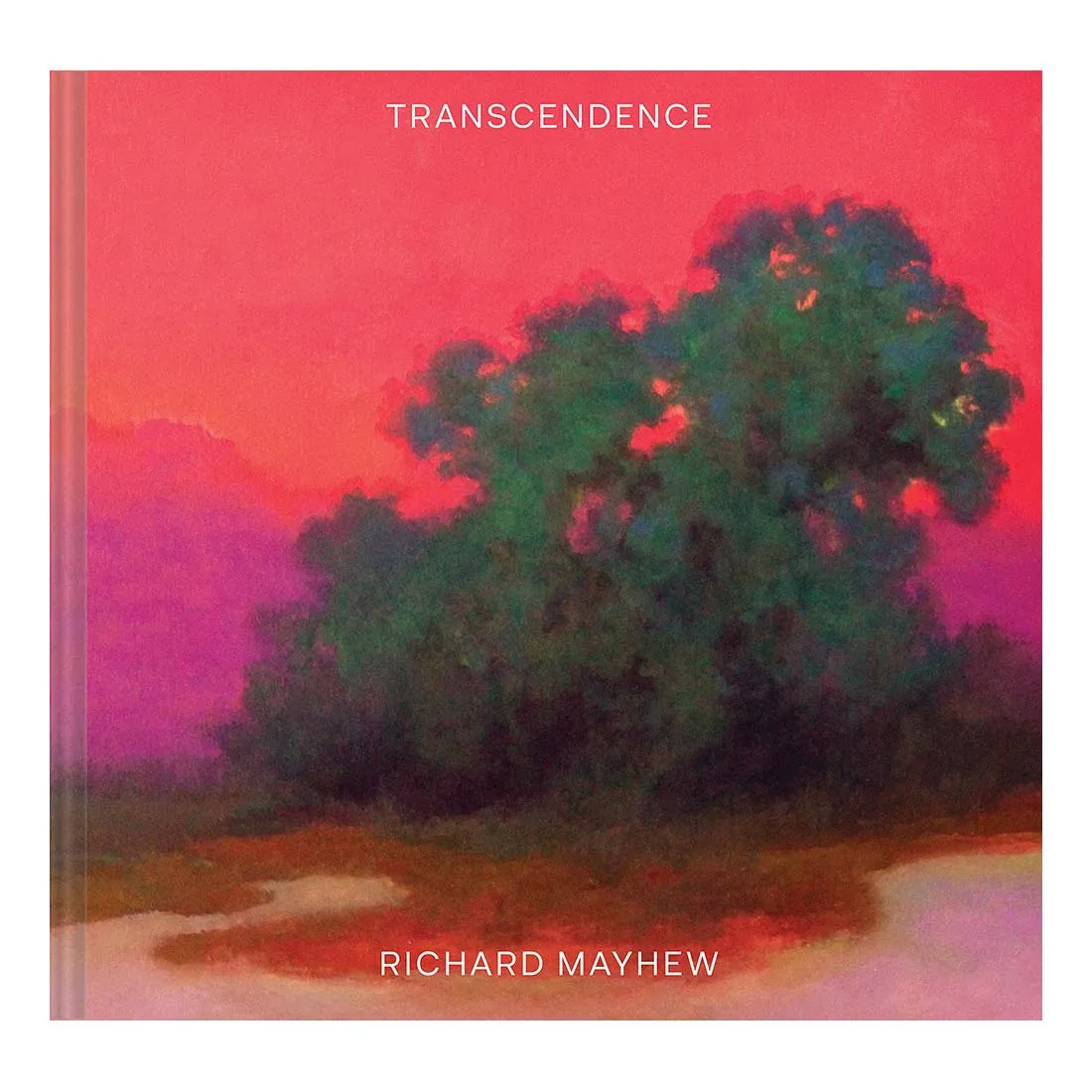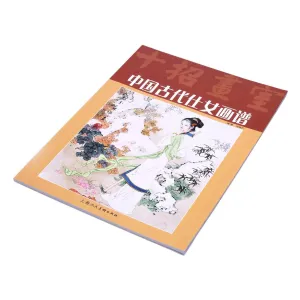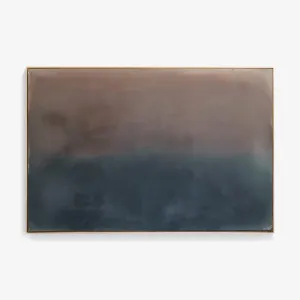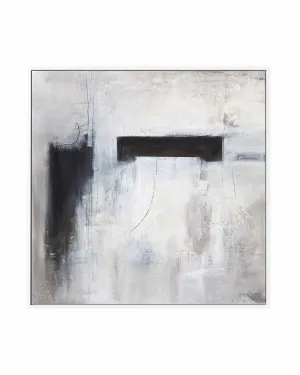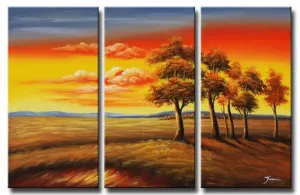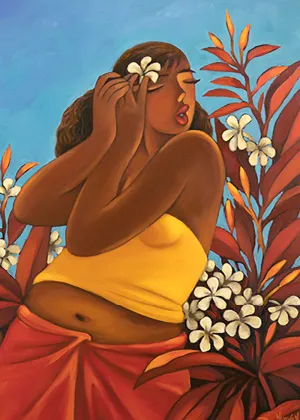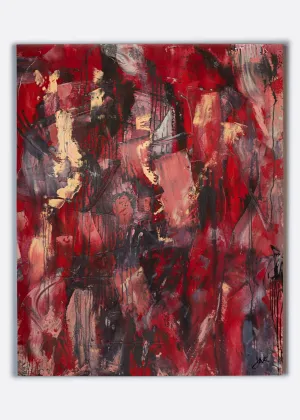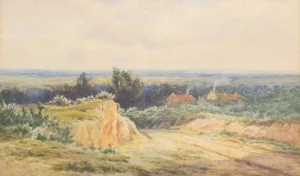Transcendence is the long-awaited, career-spanning monograph of American landscape painter Richard Mayhew. For over half a century, Richard Mayhew has been reinventing the genre of landscape painting. His luminous work evokes not only physical vistas but also emotions, sounds, and the pure experience of color.
He's known for his masterful use of color and for his unique creative process, inspired by improvisational jazz, which involves pouring paint directly onto the canvas and shaping it into lush, emotional "moodscapes."
Transcendence is the long-awaited, career-spanning monograph of American landscape painter Richard Mayhew. For over half a century, Richard Mayhew has been reinventing the genre of landscape painting. His luminous work evokes not only physical vistas but also emotions, sounds, and the pure experience of color.
He's known for his masterful use of color and for his unique creative process, inspired by improvisational jazz, which involves pouring paint directly onto the canvas and shaping it into lush, emotional "moodscapes."
This monograph features 70 of his most striking works. Includes an exclusive interview with the artist, an introduction by his gallerist Mikaela Sardo Lamarche, and an essay by Andrew Walker, director of the Amon Carter Museum of American Art. Through engaging with his work, readers are invited into deep explorations of their own inner landscapes.
Transcendence is a richly rewarding celebration of an iconic artist that will make you rethink everything you know about landscape painting. Mayhew's distinctive style emerges from his roots as a jazz musician, his immersion in the Abstract Expressionist movement, his African American, Cherokee, and Shinnecock heritage, and his unique affinity for the landscapes of the American West—but his paintings transcend boundaries of location and identity.
Transcendence is a richly rewarding celebration of an iconic artist that will make you rethink everything you know about landscape painting.
Mayhew's distinctive style emerges from his roots as a jazz musician, his immersion in the Abstract Expressionist movement, his African American, Cherokee, and Shinnecock heritage, and his unique affinity for the landscapes of the American West—but his paintings transcend boundaries of location and identity. Hardcover, 136 pages.




